Alliance
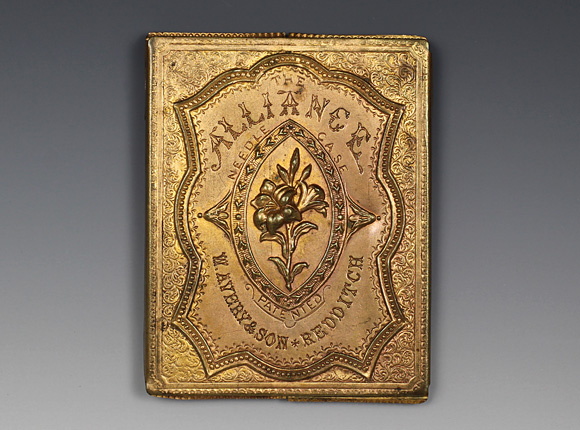
Needle Case
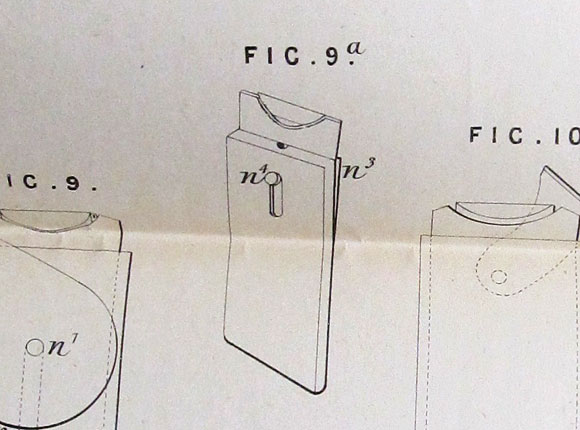
Patent #1473
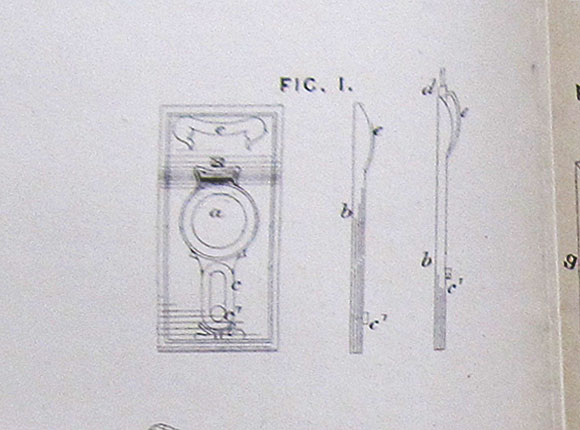
Patent #1322
Design Details
Needle Case Type: |
Flat-Names |
Patent/Registered to: |
William Avery - Redditch Manufacturer |
Patent/Design Representation #: |
Mechanical Patent #: Double version of 1473 (Fig. 9a) and/or 1322 (Fig. 1) |
Patent/Design Registration Date: |
May 21, 1870 and May 16, 1871 |
Location of Patent/Design Registration: |
British Library - Business and Intellectual Property Centre - London
|
Reference #: |
1870-1473 and 1871-1322 |
Dimensions: |
4.5 x 5.7 |
Material: |
Brass |
Name Variations: |
a) W. Avery & Son - Redditch
b) Baggallays, Westall & Spence - London
c) S. Thomas & Sons - Redditch |
Other Variations: |
None |
Additional Photographs
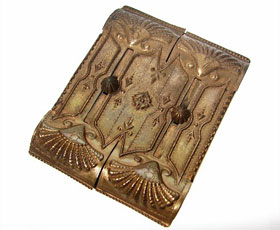

Back closed and open (photographs courtesy of Bunny's Place)
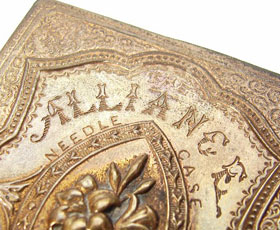
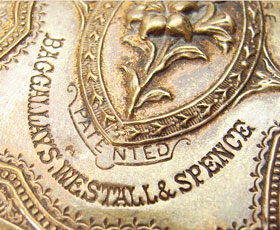
Front name and Baggallays signature detail (photographs courtesy of Bunny's Place)
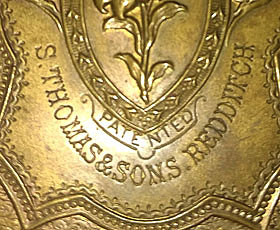
With Thomas signature detail (photograph courtesy of Brenda Archibald)
Facts
The Alliance or to use its full name the United Kingdom Alliance for the Suppression of the Traffic in all Intoxicating Liquors, was set up in
1853 by social reformers with the aim of engendering and mobilising social pressure to achieve legislative abolition of the alcohol business.
This prohibitionist stance was in contrast with the views of the temperance movement which encouraged self-denial and self-control as the means to
counter the social ills of alcohol consumption. The Alliance failed in its objectives largely due to their unwillingness to compromise with
less hard line reformers and through ineffective tactics as a political pressure organization. Sir Wilfred Lawson, who served as the president
of the Alliance from 1879 until his death in 1906, was a Liberal Party member of the House of Commons and was an advocate initially of the
temperance movement then the prohibitionists. Click on the picture below to see a larger version of it.
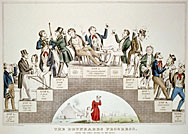
History
The temperance movement arose in the 1830s when excessive drinking in the working class was seen as problematic. With industrialization
there was a need for a reliable sober work force. Heavy drinking and the drinking of spirits were discouraged. Beer had a traditional and
important role in the diet of lower class at a time when water supplies were unsafe and the aim of temperance was to control drinking rather than
outlaw it. Of particular concern was the rise in gin drinking in the newly emerging gin palaces in London. Poor working and living
conditions are thought to have contributed to the rise in alcohol consumption and measures to steer away from gin towards beer which was considered
less intoxicating didn’t prove effective. Teetotal ism was the next phase in the fight whereby men were encouraged to take a pledge to abstain
from all alcoholic beverages. This originated from working class men and was linked with the Chartist cause and seen as a way to demonstrate
that working class men were responsible enough to be given the right to vote. This was also in accord with prevailing Victorian values of
thrift and self-help. The middle classes however were not enthusiastic about this approach as they were less inclined to forego their wine
porter or brandy and support for temperance declined. The teetotal movement in time realised that they would not succeed in convincing
Victorians on the evils of alcohol. The fight was taken up anew when the Alliance was founded inspired by the success of the US State of Maine
in passing prohibition laws. This approach to take choice away from the individual on the grounds of social good provoked much political and
intellectual debate. Many attempts were made to convince the working class of the moral, health and religious arguments to support prohibition
citing reduction of social problems like pauperism and crime, and improved financial and social status but to no avail. Even the once
supportive Church of England was unimpressed if communion wine was to be included. Click on the picture below to see a larger version of it.
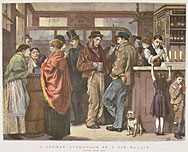
Miscellaneous
Sir Wilfred Lawson, the chief public spokesman for the Alliance, sat in the House of Commons representing three different constituencies during
different periods in the years 1859 – 1906. He was a strong proponent of radical reform with interests in the peace movement, temperance, and
anti-imperialism. He was a popular political figure recognised as a masterful orator. His speeches were characterised by his humour and
wit as well as precise, logical and well-reasoned argument. His views were almost always those of the minority but he was nothing if not
persistent in the pursuance of his causes.
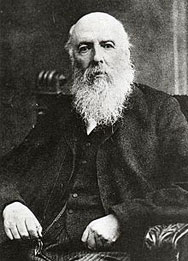
Note: Right side panel text and photos provided by Lynda Herrod.















